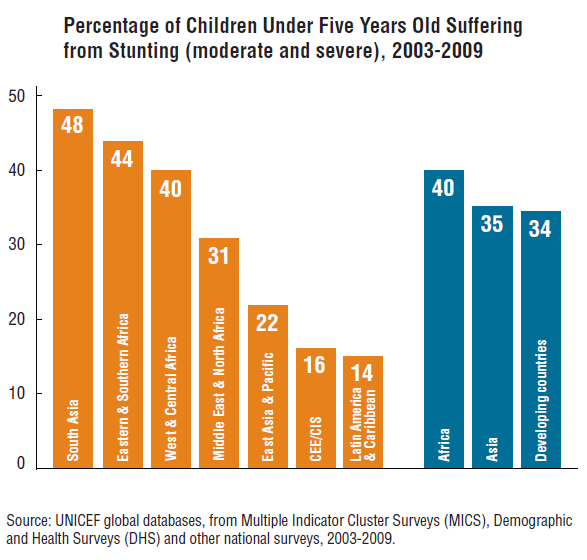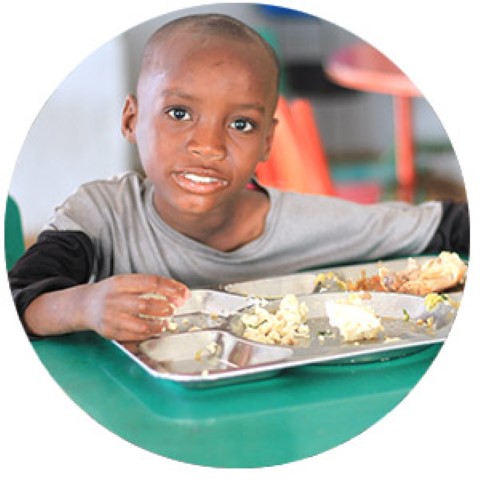The Very Hungry Caterpillar is a picture book written and illustrated by Eric Carle. It follows the life cycle of a caterpillar as it starts by coming out of its egg, all the way to becoming a butterfly. It teaches the days of the week and counting up to five. It is hugely popular, and has been translated into 50 different languages. The Hungry Tide Summary. On a train to the Indian city of Canning, Kanai Dutt, a wealthy middle-aged translator from New Delhi, meets Piya Roy, a young Indian-American marine biologist. Both are traveling to the Sundarbans: Kanai, who's been there once before, is going to visit his aunt and read his late uncle's notebook, while Piya is carrying out a survey of the region's dolphins. The Very Hungry Caterpillar. What even is this book. I mean, yes, it’s about a very hungry caterpillar. He’s so damn hungry, he eats, like, the whole world, and then gets really big and turns into a butterfly the end. But let’s look more closely at this seemingly innocuous children’s classic. No Kid Hungry is a national campaign run by Share Our Strength, a nonprofit working to solve problems of hunger and poverty in the United States and around the world. After 25 years of successfully investing in local nonprofits and helping find the best approaches to eradicating poverty and hunger, Share Our Strength launched No Kid Hungry in 2010.


On a train to the Indian city of Canning, Kanai Dutt, a wealthy middle-aged translator from New Delhi, meets Piya Roy, a young Indian-American marine biologist. Both are traveling to the Sundarbans: Kanai, who's been there once before, is going to visit his aunt and read his late uncle's notebook, while Piya is carrying out a survey of the region's dolphins. Kanai invites Piya to visit him in Lusibari.

When Kanai meets his aunt, Nilima, he finds that she is still deeply impacted by his uncle's death decades ago and that the natural landscape of the Sundarbans has already changed since his visit as a child. Furthermore, he learns that his childhood friend Kusum was killed in a 1979 massacre. Her son, Fokir, is now a fisherman with a wife, Moyna, and son of his own, Tutul.
When Kanai begins reading his uncle's notebook, he discovers it was written in a very short amount of time as his uncle, Nirmal, tried to fight to protect the refugees who had settled on a local island from the government's aggression.
Meanwhile, Piya begins her survey alongside a forest guard, who's required to accompany her, and a boater named Mej-da. Both of them are rude to her and offer no help. They approach a fisherman in the water, and the forest guard fines him for supposedly poaching. Trying to surreptitiously give the fisherman some money in return, Piya falls off her boat, and the fisherman rescues her. She decides to ask him to take her to Lusibari, and he turns out to be kind and respectful, though they do not speak the same language. He introduces himself as Fokir, accompanied by Tutul. The next day, the group observes dolphins behaving differently than usual, which intrigues Piya. As they travel, Piya and Fokir get along extremely well and find that their work styles are very complementary despite their apparent differences.
Kanai continues reading Nirmal's notebook, which tells of his dedication to Marxist theory and his decision to involve himself in the plight of the refugees, partially because of Kusum, who he has romantic feelings for. Against the wishes of Nilima, his wife, Nirmal travels to Morichjhãpi repeatedly. One day, police begin a siege on the island and destroy a boat filled with refugees. Kusum and her young son Fokir survive, but Kusum is later killed.
The Hungry Child Summary Printable
Impressed with Fokir, Piya hires him for a week to help her survey the dolphins in the region. Kanai comes along to serve as a translator, and they bring Nilima and Nirmal's friend Horen, who owns a large boat. When the boat's engine dies, they float to a nearby village. That night, they hear loud voices and find a tiger captured in a building surrounded by angry people. Wanting to protect the tiger, Piya tries to break up the mob, but Kanai stops her. Later, he admonishes her for wanting to protect the tiger at the cost of the local people.
The Hungry Child Summary Book
One day, as Fokir and Kanai observe the dolphins together, Fokir suggests going ashore to an island he believes is protected by Bon Bibi, a goddess. As they trudge through the mud, Kanai falls over and gets angry, sending Fokir away. He arrives onshore trying desperately to escape the crocodiles of the area, then runs into a clearing where he sees a tiger. Slowly, he backs away and returns to the rest of the group, who don't believe he saw the tiger. Kanai decides to return to Lusibari along with Horen.
Soon, Horen and Kanai realize that a major cyclone is coming, but when they turn around, they can't find Piya and Fokir. After waiting overnight, they decide they can wait no longer if they want to save themselves, so they return to Lusibari. Wading to shore, Kanai falls and drops Nirmal's notebook. He promises to rewrite the notebook from memory, and Nilima asks him to include her story as well.
The Hungry Child Summary Analysis
Fokir and Piya tie themselves to a tree on an island, but Fokir is crushed by a large flying object. Piya manages to navigate back towards Lusibari, running into Kanai and Horen. She stays in Lusibari for a few weeks longer, then returns soon after, planning to work on a conservation program alongside Nilima.